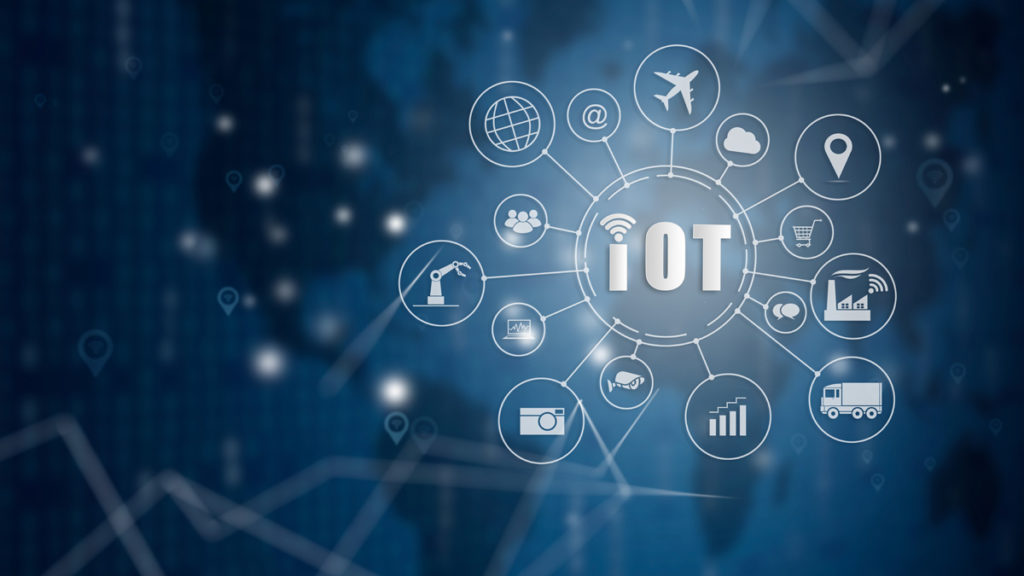Without a doubt, smart technology is a treasure trove to mankind. You need not look far to know how much we’ve benefited from all these internet-directed tools. A quick look at your smart TV is enough to tell you things are looking good. Who would want to go remote-less and spin the channel wheel of a heavy-set cathode ray tube television each time, right? Or, for that matter, who would want to go back to those old keypad cellphones popular decades ago? Indeed, IoT is making a dent in American existence for the better.
Today, there are over 8.7 billion smart devices worldwide, a figure bound to triple by the year 2030. The advantage of IoT cannot be denied, too. For instance, the ability to retain control over your household when you’re out on vacation, for example, using smart home technology, is tops.
However, as much as IoT works to ease man’s daily burden on the planet, it also has its technological issues. Top of the list is what we call interoperability. It’s a technical word, alright. But think of it as the ability of one computer system to work with another computer system. Or, to put it in simple terms, it’s the ability of your smart TV to work with your smartphone.
The Disaster of Failing to Work Together
Right off the bat, “smart” in smart technology stands for Self-Monitoring, Analysis, and Reporting Technology. The ability to be automated and take command without direct manual interference separates smart appliances from old-school devices. Forms of connectivity that allow them to be monitored and controlled include WiFi internet, LTE, and Bluetooth.
On the other hand, the Internet of Things or IoT is a network composed of physical objects embedded with sensors and a host of other technologies with the purpose that they can exchange data and connect. In short, IoT is smart devices working together as one.

But that may be wishful thinking at this moment. Despite the great need to work together, IoT interoperability is still a work in progress for many vendors. Many businesses are operating within their own environments having proprietary IoT solutions. This is a problem as data can’t be exchanged effectively across different IoT architectures.
Such interoperability challenges aren’t new. The lack of a standard method to identify health patients, for instance, has made it hard for major healthcare information exchange systems to work with one another. The result? Patient health monitoring becomes an uphill climb. Delivery of services can therefore be adversely affected in this case.
Over time, however, technologies have improved for our health care industry. A good example here is the improvement of data sharing for mobile integrated healthcare (MIH) via advanced software. By ensuring seamless integration across all health platforms and making these data available on mobile via such software, care for patients is delivered better.
The Technological Remedy for IoT
It’s paramount, therefore, that each IoT vendor must prepare its network for interoperability right from the start. And though today’s IoT landscape is highly fragmented, with big tech companies defining their own systems, you’d do well to follow the following guidelines to achieve interoperability.
The first one is to establish an open standard for the industry. Open standards are the way to go. It promotes global transparency. So if you have a solution, you should ensure that it’s built within the open and universal framework duly recognized no less than the Standard Development Organizations or SDO.
Best of all, such adherence to an open standard promotes consistency, so products with incompatible variations in product development and their technical designs are eliminated. Ensuring each product that comes out of the manufacturer’s plant adopts a standard-based protocol goes a long way in having an ‘ecosystem’ with products that talk to one another.
Secondly, vendors must focus on software-driven technologies. Instead of the usual hardware-driven approach, IoT devices would work a lot better with one another if they’re software-driven. The reason for that is flexibility. Software-driven technologies can be adjusted for need enhancements along the way. Wireless systems that follow a hardware-driven approach are all set once delivered to the customer. Changing them for interoperability purposes would be moot.
Last but not least, there must be open-sourced messaging protocols used for interoperability to happen. This allows smart technologies to talk with one another. This means there is an effective data transfer even when different user applications are being used. An excellent example of this is MQTT messaging protocol.
Indeed, interoperability is vital to make the vision of IoT a reality. Doing so means a better future for every consumer lies ahead.

